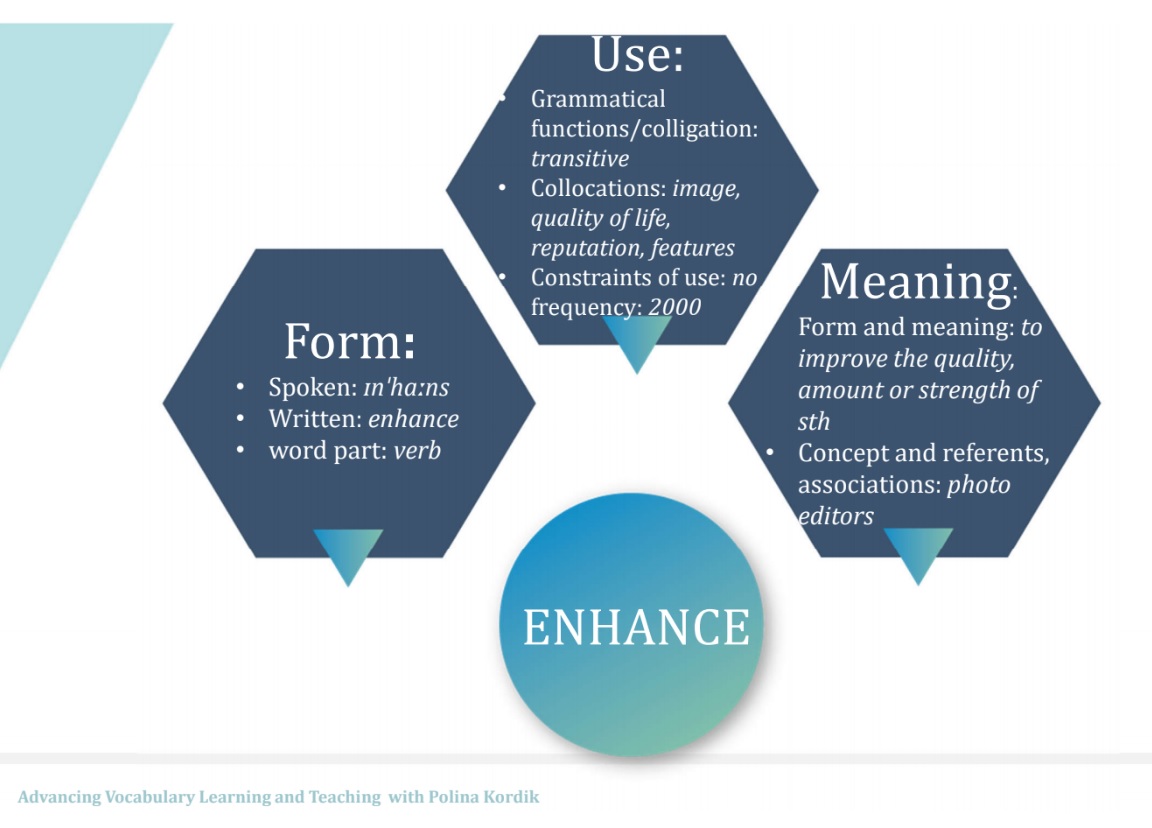It might be tremendously rewarding to teach students of Intermediate level. In this article, we will have a look at some teaching tips on working with B1 level students.
First of all, let’s understand the language competency of intermediate level students. What can they do? According to the CEFR scale Intermediate students can:
- Understand the main points of clear standard speech on familiar matters regularly encountered in work, school, leisure, etc.
- Understand texts that consist mainly of high frequency everyday or job-related language.
- Deal with most situations likely to arise while travelling in an area where the language is spoken.
- Produce simple connected text on familiar topics or of personal interest such as family, work, hobby, friends, free time, etc.
- Describe experiences and events, dreams, hopes ambitions and briefly give reasons and explanations for opinions and plans.
- Write personal letters describing experiences and impressions, giving reasons and explanations for opinions and plans, narrating a story or retell the plot of a book or film.
- Write straightforward connected text on familiar or personal interest topics.
Specifics of this level
It is usually easy to reach this level, and progress is always obvious. Students feel their progress and understand that they acquire the language. Usually, when students start with lower levels and feel how fast and easy the progress is made, they feel motivated and interested. At the intermediate level, students may not feel much progress but, in contrast to lower levels, they know enough to express themselves, to initiate and maintain the conversation about serious issues; and they can use language creatively.
Also, the class begins to relax a little as students start to communicate more freely without needing so much input and guidance from the teacher. There is a shift of focus from what they don’t know (everything, at the lower levels) to what they do know, and what they can do with it. They can deal with most of the basic functions they need and, consequently, many learners never get beyond this level.
And here are some tips on how to teach this level. Remember, the most important thing is to make sure that they keep confident and motivated at this level.
Tip 1 — Do profound vocabulary work
While intermediate students have probably learned a good deal of basic vocabulary, they still should clearly understand that they have to learn more words. They usually do not feel much need in this as they have enough vocabulary to speak. For example, they know the word “good”, they do not see any reason to learn “advantageous, beneficial”. So, you should make sure they add synonyms and phrases to enrich the vocabulary. To do this, give them writing tasks, and then underline the words they used which you think are simple and ask them to use synonyms or other words.
Moreover, they should know not only the meaning of a new word or expression but also how and when to use them in different contexts considering register, grammatical functions and so on. They often do not know collocations and idioms that contain the same words. So, do a lot of work on collocations. At this level, students should be able to work with phrases and chunks of language.

Many Intermediate students have a feeling that they are not learning anything new. Keep records of all new vocabulary (collocations, other meanings of the word students didn’t know before) learned. You can use a Word Wall or vocabulary cards and regularly recycle the words and expressions.
Tip 2 — Accuracy is important
At this level, it is typical that they can speak more fluently but with some grammar/vocabulary mistakes. They can develop patterns of fossilized mistakes and repeat those at an advanced level. Make sure they develop accurate speech. Pay more attention to the typical grammar mistakes they make and ALWAYS correct them. Give homework about weak grammar.
Use various techniques:
- Keep a common mistake file and revisit it regularly.
- Use extended post-speaking activities in which the students self-correct and analyse their language use.
- Besides using it for correction, use this one to highlight examples of interesting and successful language use.
Tip 3 — Teach them to extend shorter responses.
Set pre-speaking goals such as ‘each student should speak for two minutes’ or assign group monitors to keep conversations flowing. For written assignments, set word counts that go beyond students’ normal output and teach write longer texts. Paragraphs are important in language learning.
The student learns to express the ideas fully and comprehensively. They should know how to connect the sentences logically to create a paragraph with a central idea, topic sentence, concluding sentences and linking words: moreover, as well, therefore, as, since, etc.
Tip 4 — Challenge them with advanced topics and activities
While progress may sometimes seem slow at this level, one of the keys to teaching intermediate students is to see the level as a transition point rather than the end. Challenge the students in different ways.
Intermediate students probably know a lot about how they learn best and the types of activities that motivate them. Teachers can provide a wide range of activity types, including both analytical exercises and hands-on experiential learning. Give them small texts of a more advanced level, and ask them to read using a dictionary. They should be able to do that. Then initiate some discussion when they can use the words and phrases from the text.
Teaching intermediate level is challenging and very scrupulous work. Carefully analyze the language competence your students have, identify the gaps they did not fill in the elementary level and make sure they produce accurate speech.






 Вероника Аветисян
Вероника Аветисян 
 Маргарита Аветисян
Маргарита Аветисян 


